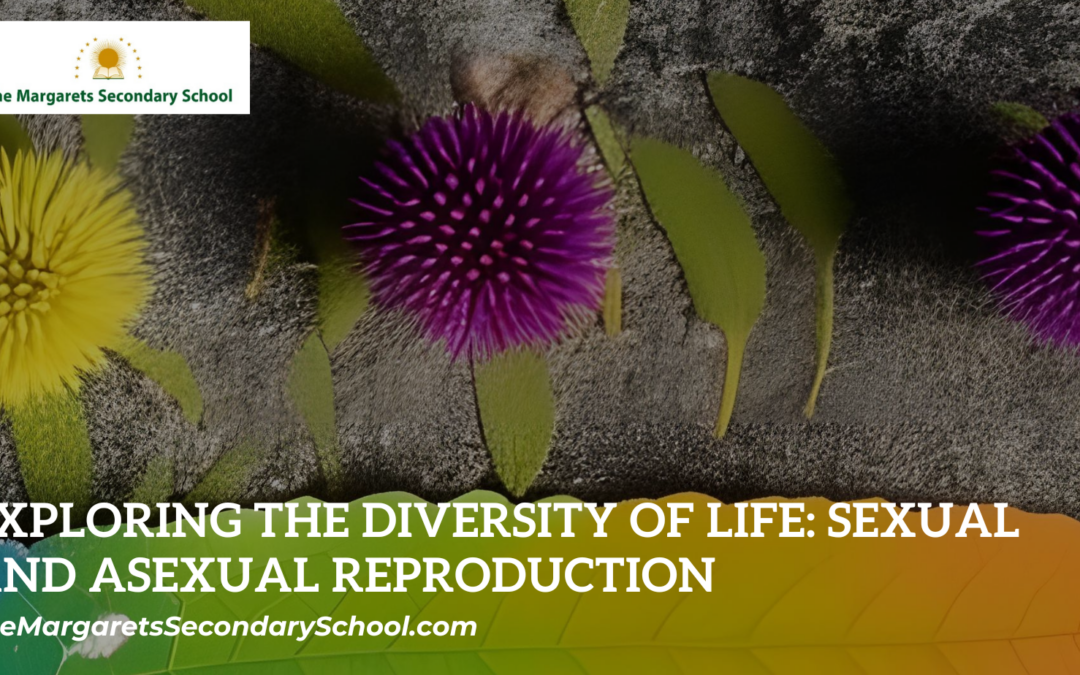Sexual and Asexual Reproduction
Reproduction is an essential biological process that ensures the continuity of life on our planet. There are two fundamental modes of reproduction: sexual and asexual. Each method has distinct characteristics and advantages, reflecting the remarkable diversity of life forms that inhabit Earth.
Sexual Reproduction
Sexual reproduction involves the fusion of specialized reproductive cells, called gametes, from two different parents. These gametes, often referred to as eggs and sperm, carry genetic material that combines to create unique offspring. The process begins with the formation of gametes through a type of cell division called meiosis. During sexual reproduction, genetic diversity is maximized because the offspring inherit a combination of traits from both parents. This genetic variation enhances a species’ ability to adapt to changing environments and increases the chances of survival in the face of challenges.
Sexual reproduction typically requires the presence of both male and female individuals within a species. Courtship behaviors, mating rituals, and intricate reproductive structures are often observed in animals that engage in sexual reproduction. Plants, too, exhibit fascinating adaptations to facilitate the transfer of pollen from one plant to another.
Asexual Reproduction
Asexual reproduction involves the production of offspring without the involvement of gametes from different parents. Instead, a single parent generates genetically identical offspring through mechanisms such as fission, budding, fragmentation, or the formation of specialized reproductive structures like spores. Asexual reproduction is more efficient in terms of energy and resources because it doesn’t require the time and effort needed to find a mate and produce gametes.
While asexual reproduction produces genetically identical offspring, this lack of genetic diversity can be a disadvantage in changing environments. If a harmful condition affects one individual, it is likely to impact all genetically identical individuals in the same way. However, asexual reproduction is a valuable strategy for organisms living in stable and predictable environments.
Diversity and Adaptation
The coexistence of sexual and asexual reproduction showcases the versatility of life. Different species have evolved diverse reproductive strategies that suit their ecological niches and survival needs. Sexual reproduction fuels genetic diversity, promoting adaptation and evolution, while asexual reproduction offers efficiency and rapid population growth in stable conditions.
Both methods have their place in the biological world, illustrating the intricate web of life’s strategies for survival and reproduction. The diversity seen in sexual and asexual reproduction serves as a testament to the fascinating ways organisms have adapted to their environments over countless generations.
Conclusion
Sexual and asexual reproduction are two fundamental mechanisms through which life perpetuates itself. These processes illustrate the complexity and adaptability of living organisms in response to their environments. The interplay between sexual and asexual reproduction highlights the remarkable diversity of life on our planet, showcasing the ingenuity of evolution and the countless ways in which organisms ensure their continued existence.





